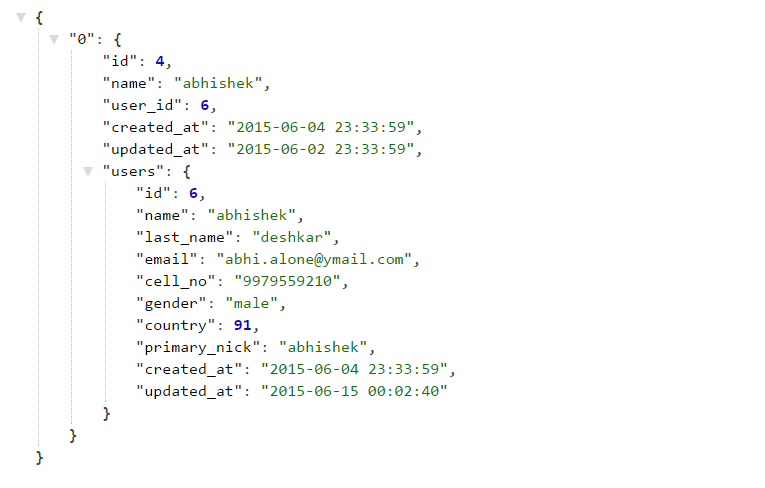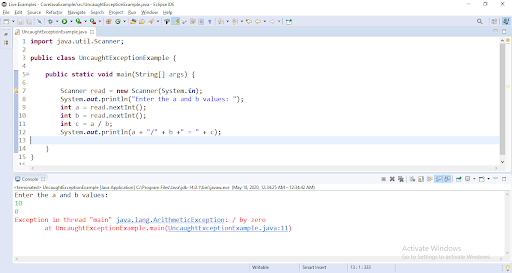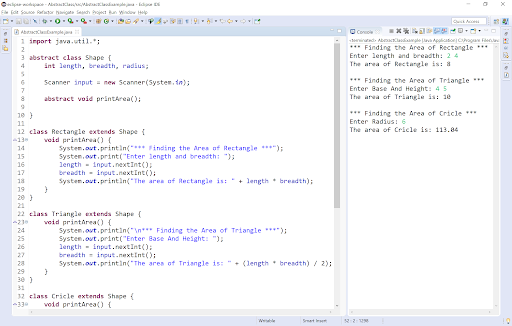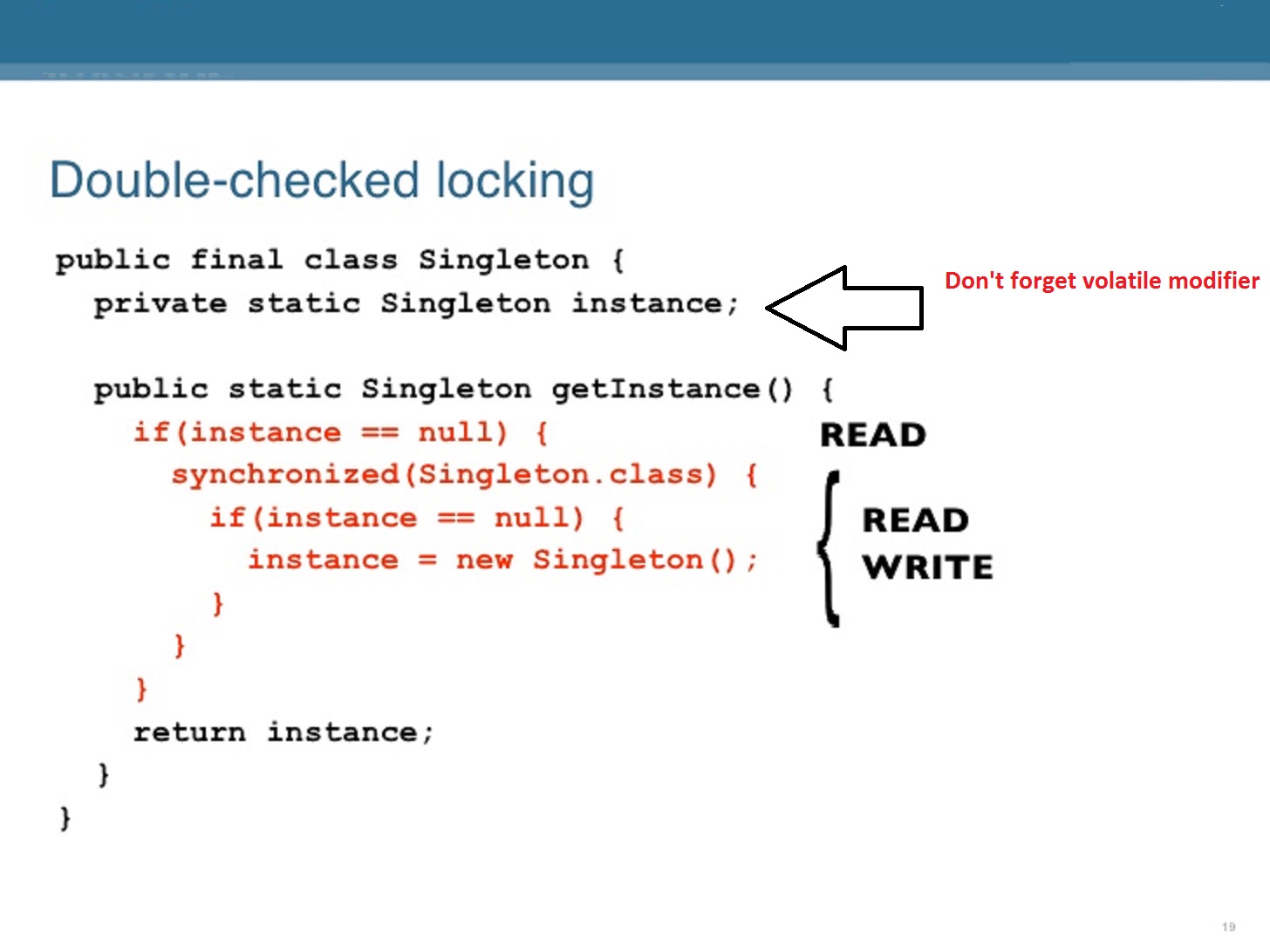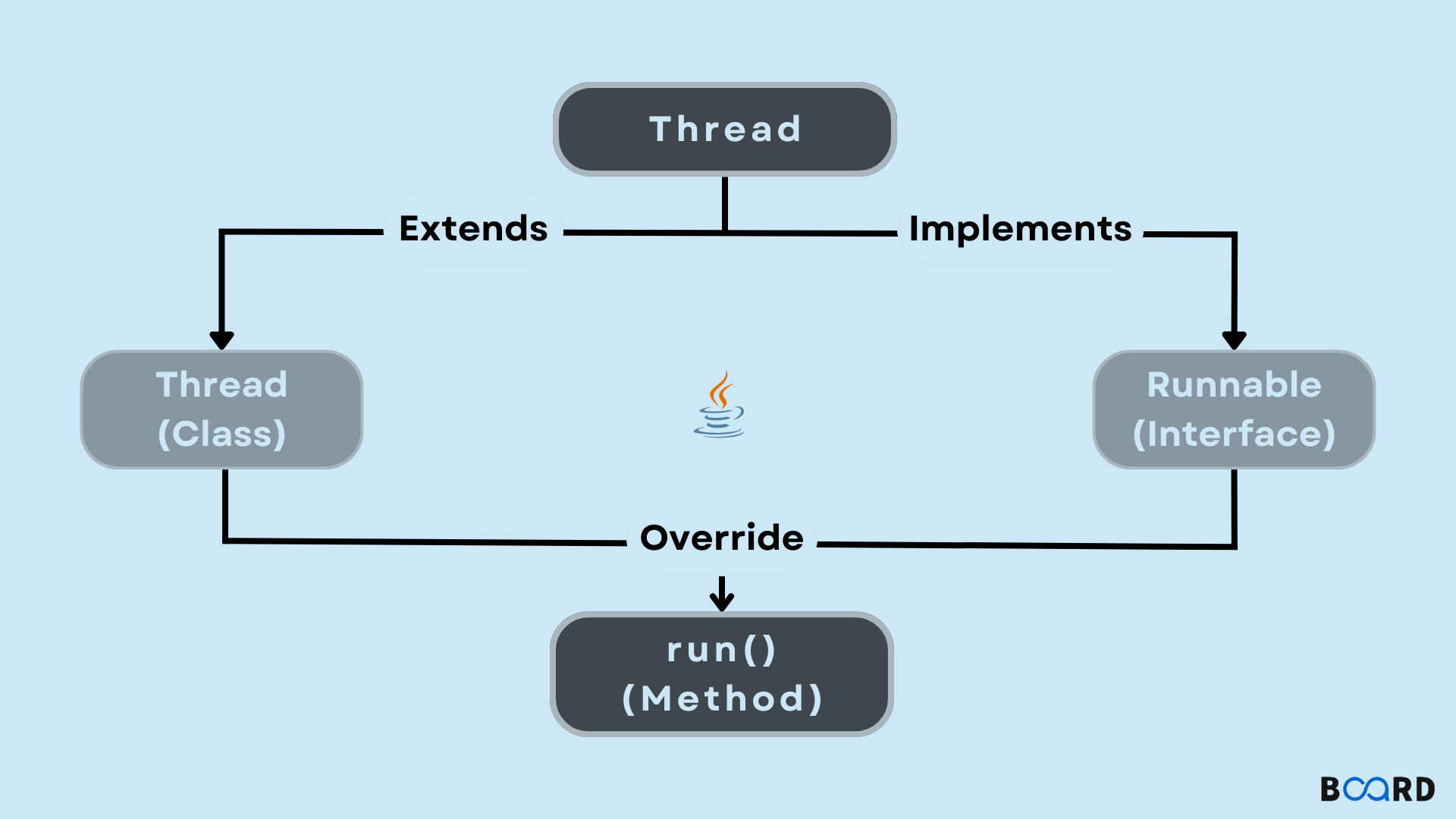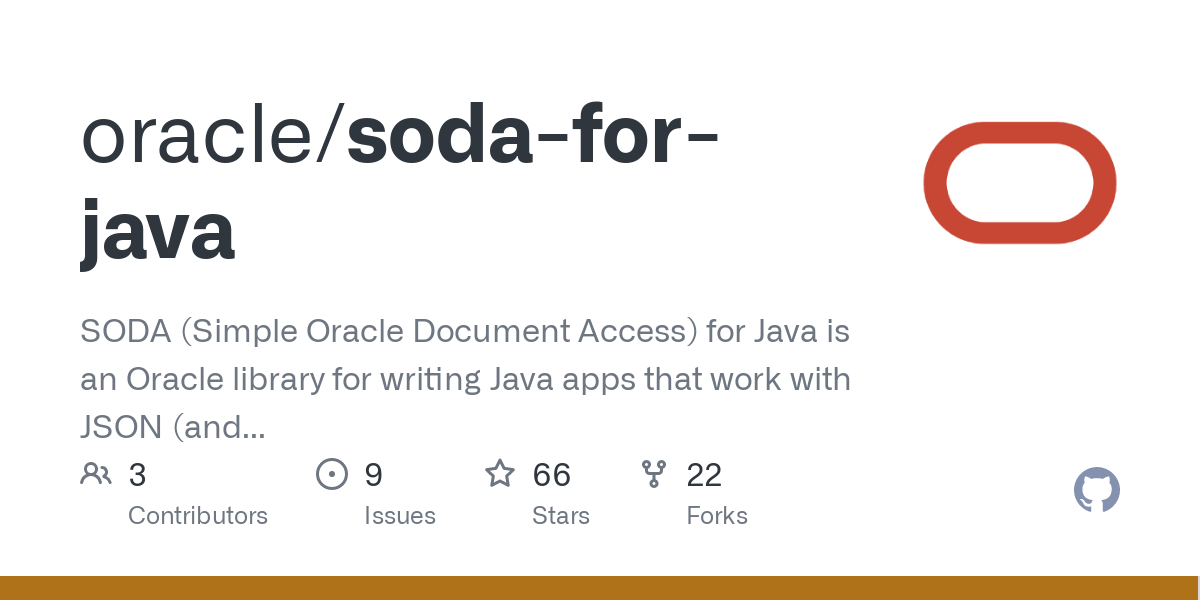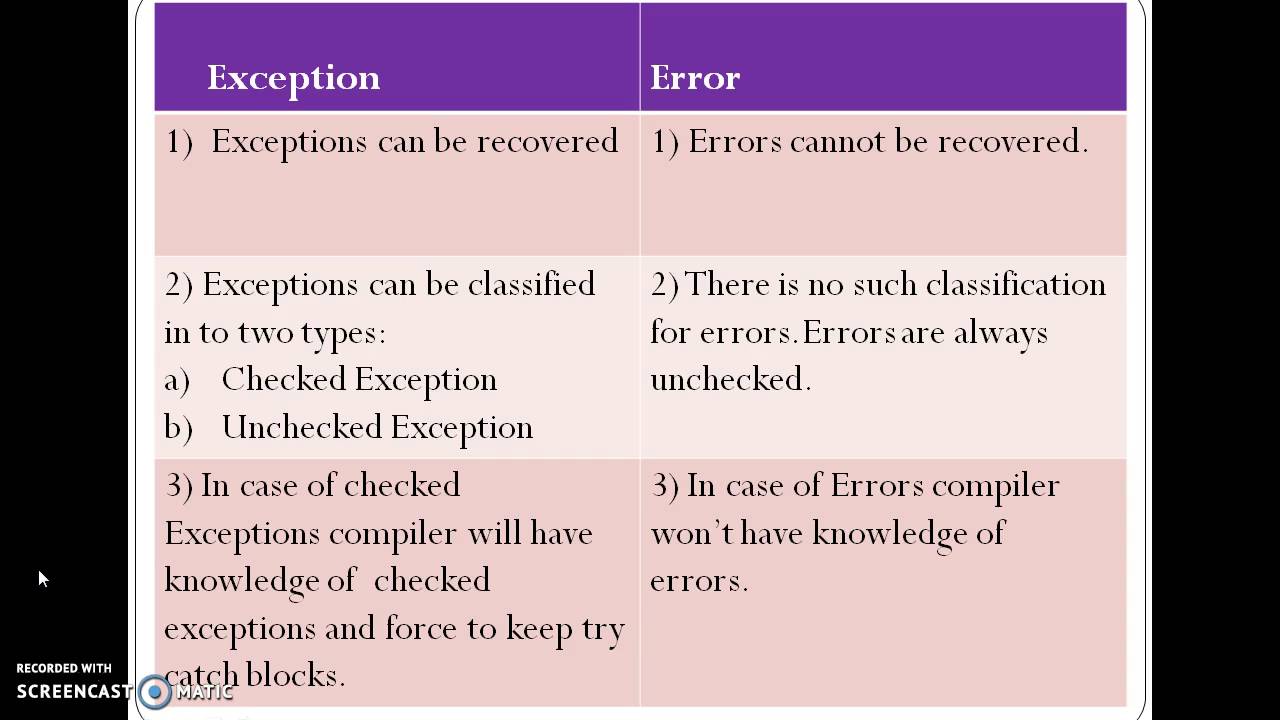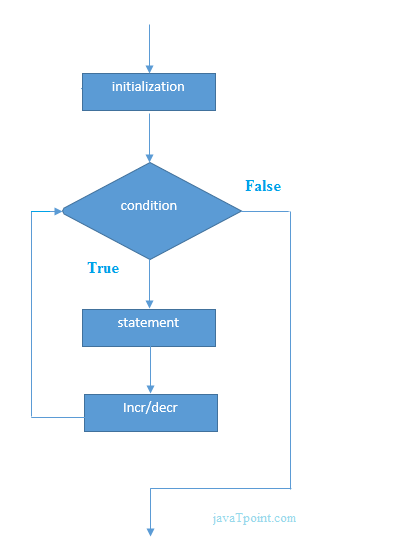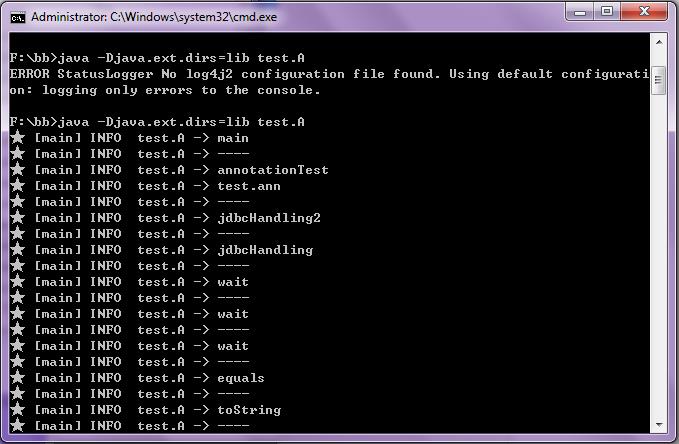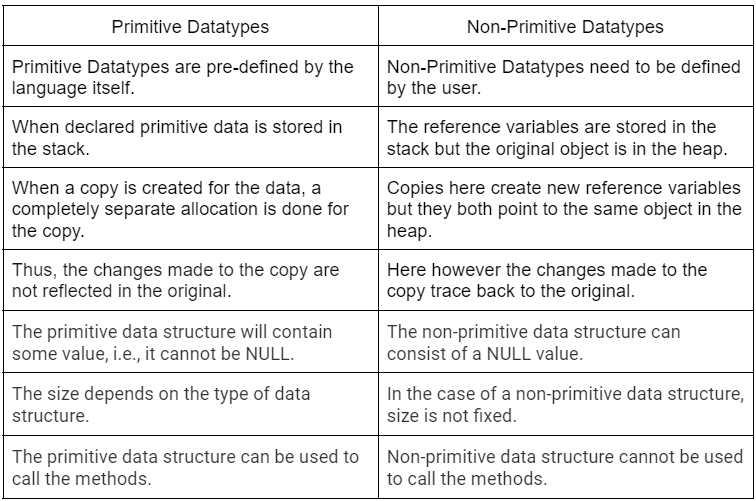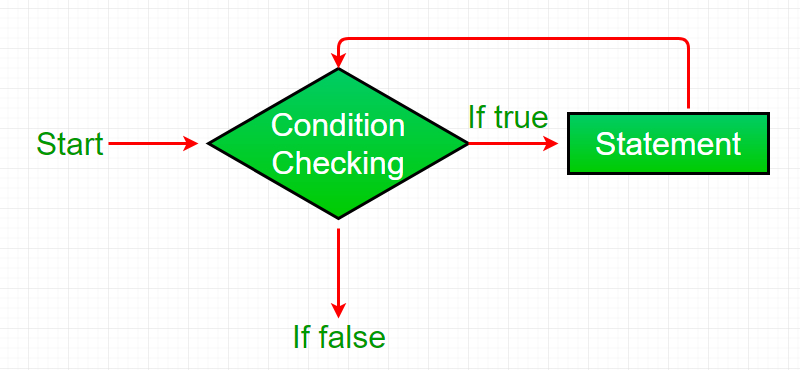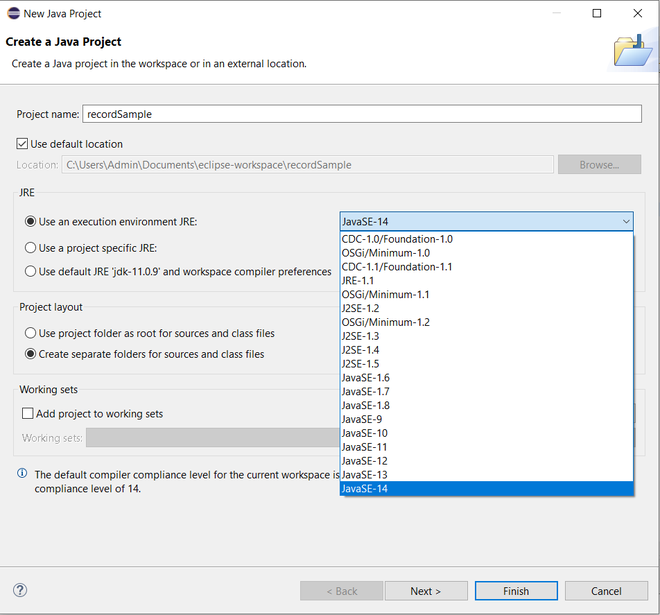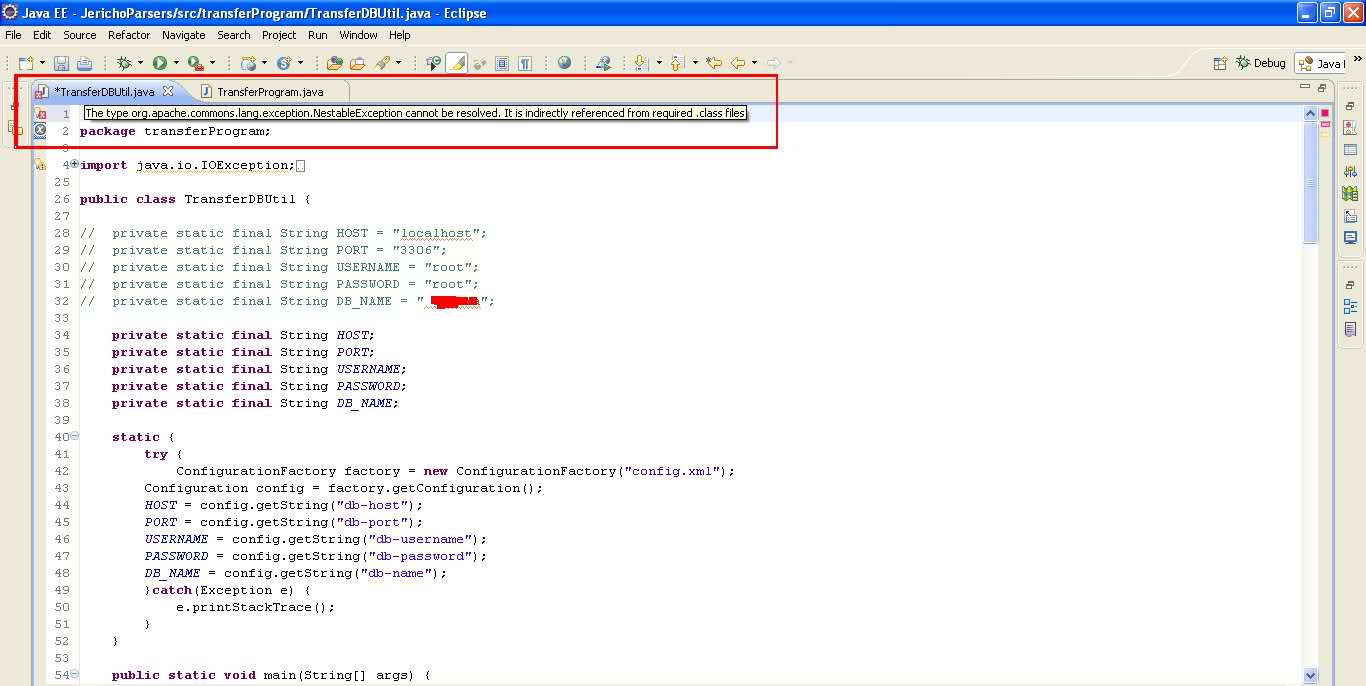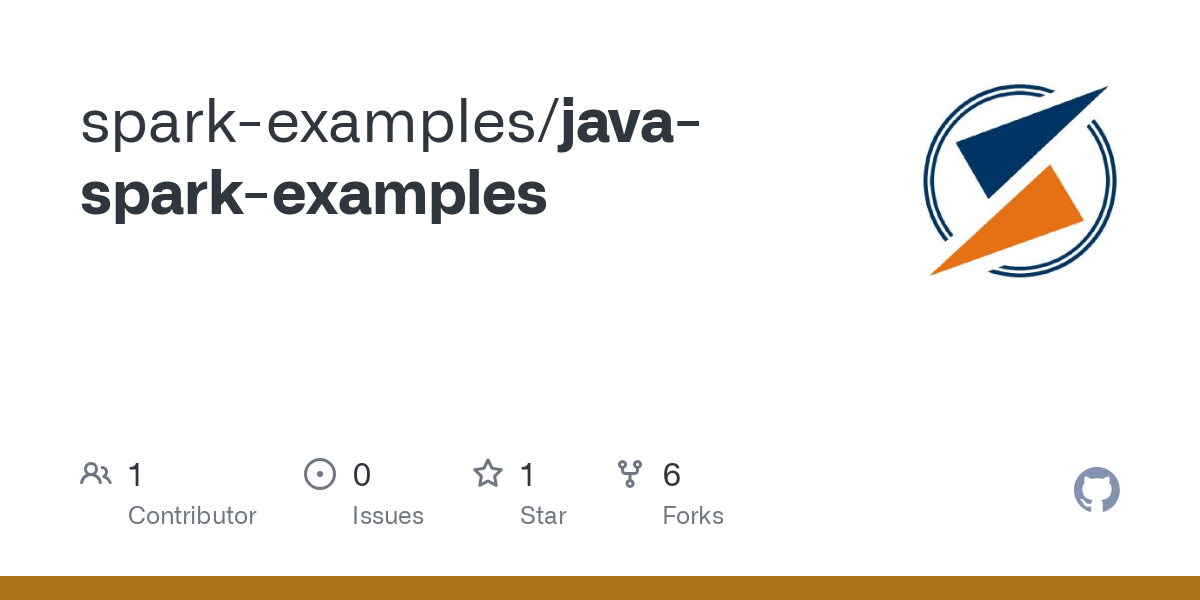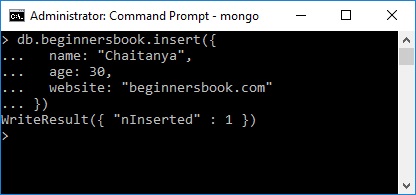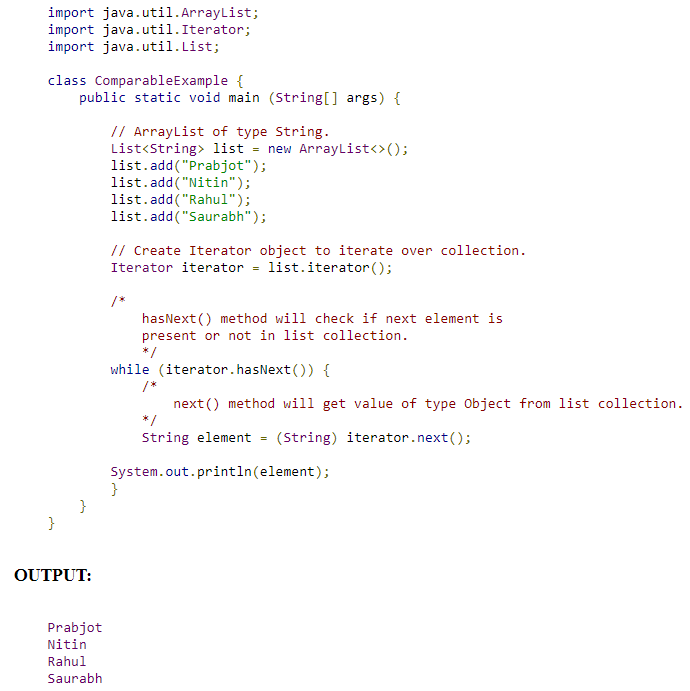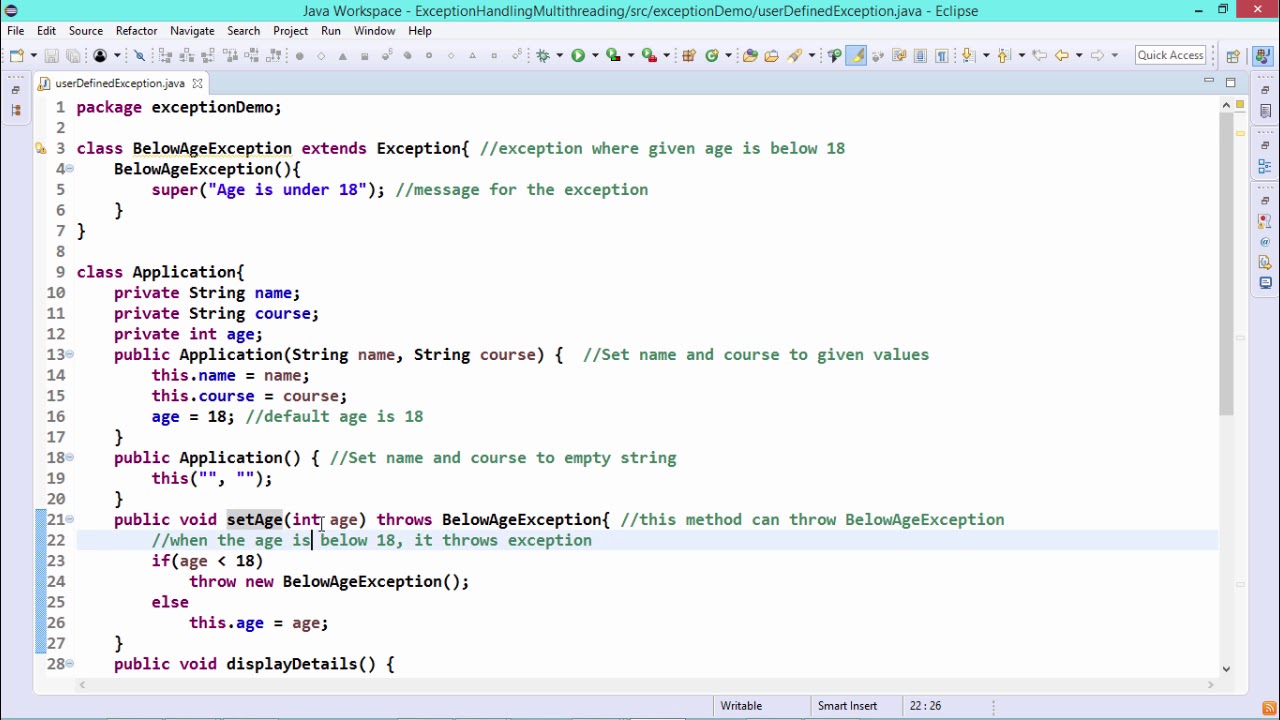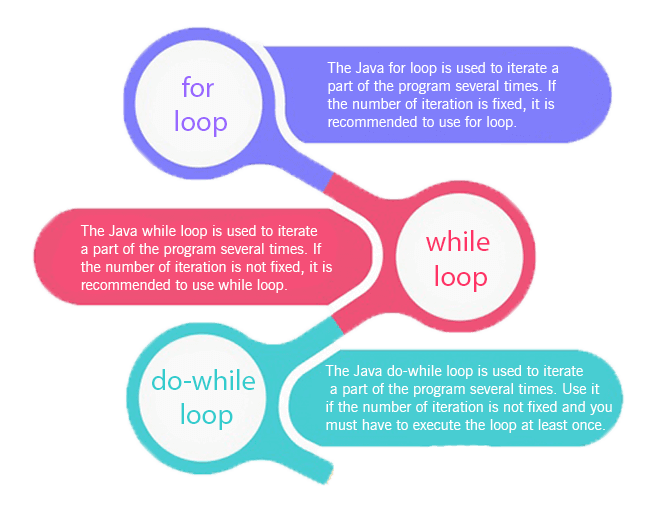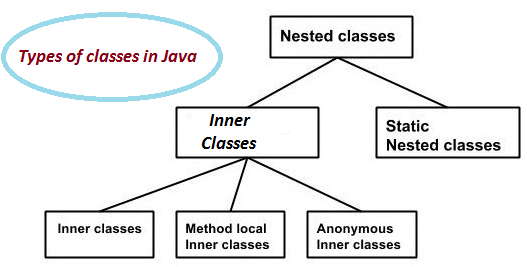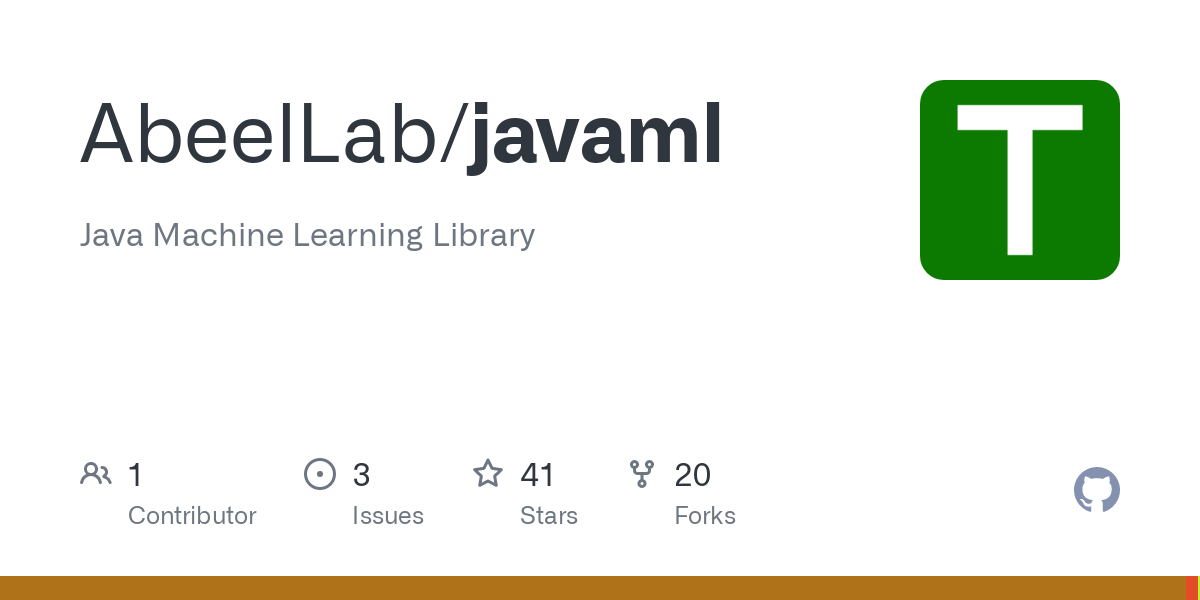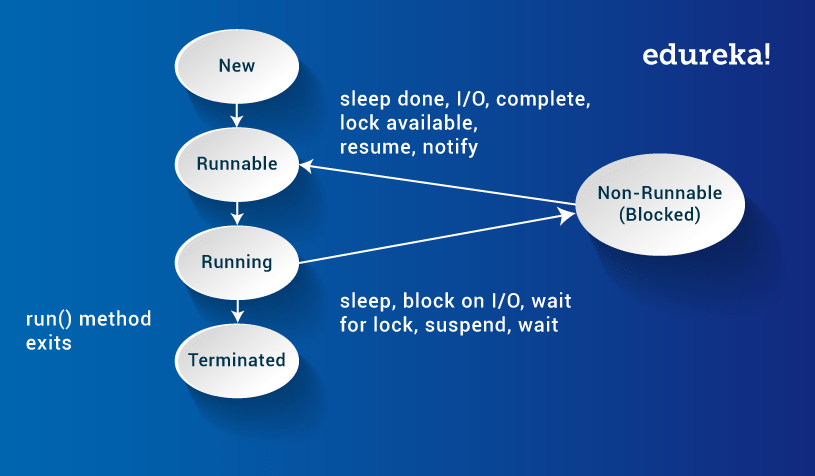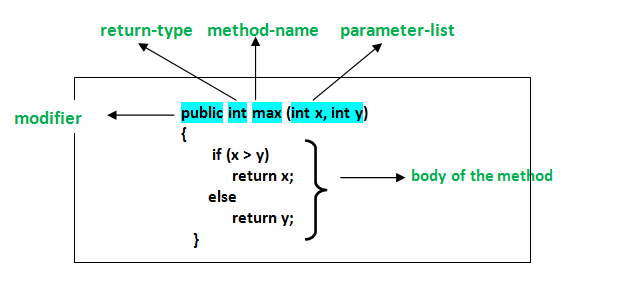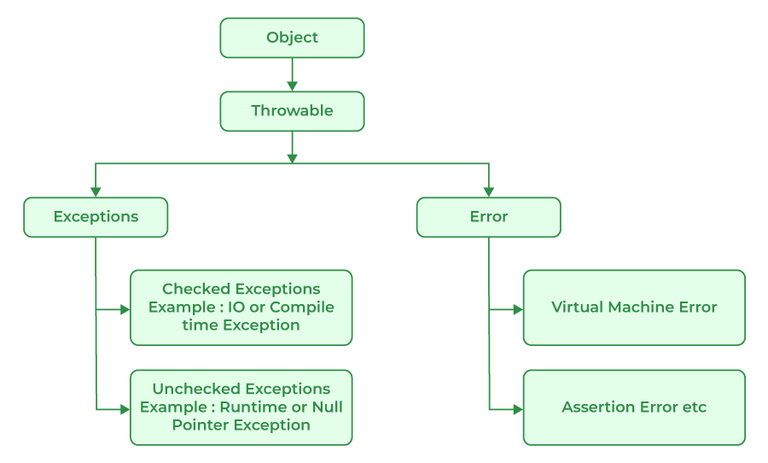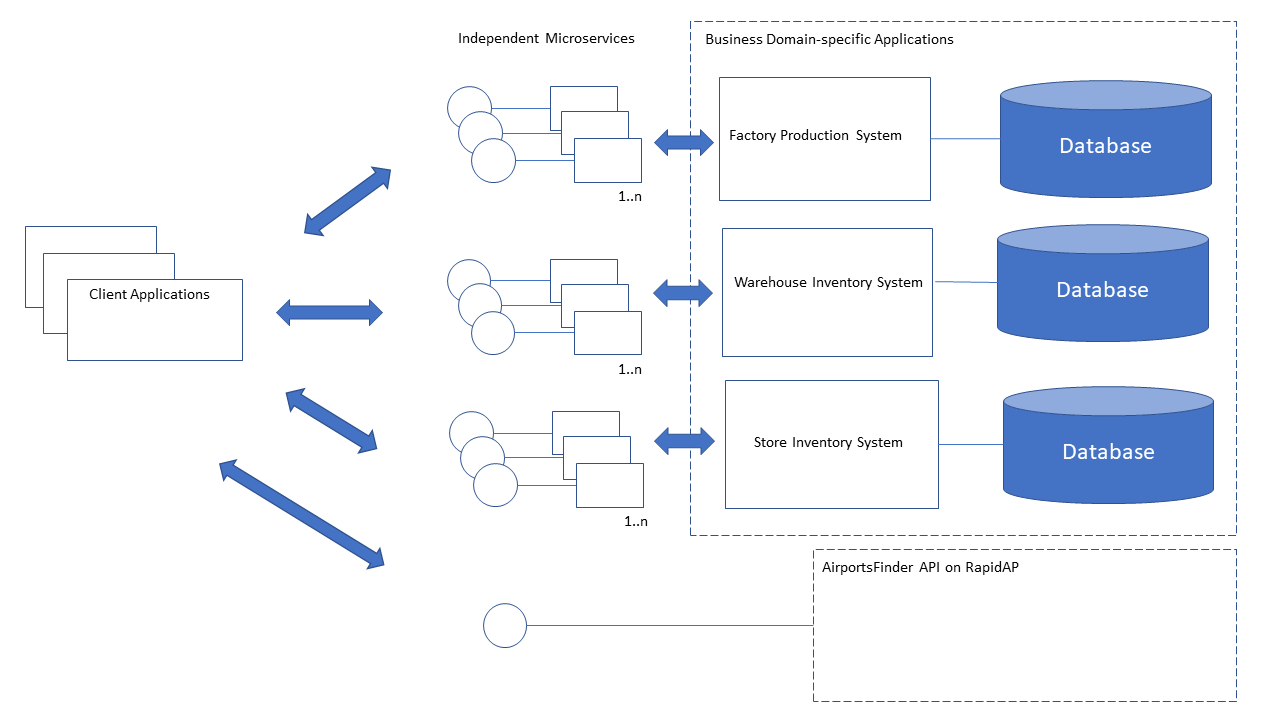What does Java development kit do?
What does Java development kit do?
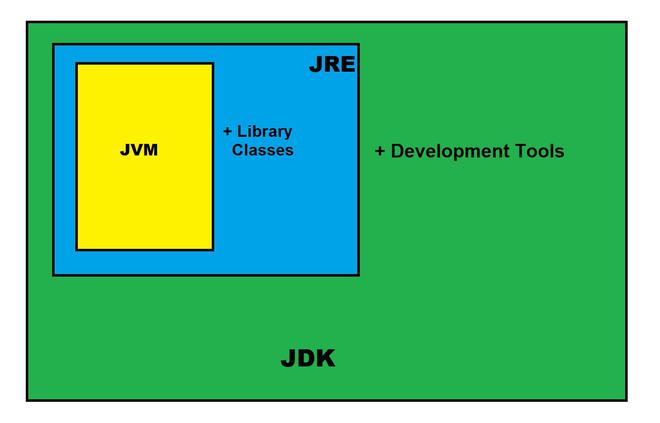
The Java Development Kit (JDK) is a software development environment that provides tools for developing and running Java programs. It's a comprehensive package that includes compilers, interpreters, debuggers, and utilities to help developers build, test, and deploy Java applications.
The JDK is the official bundle of tools and libraries provided by Oracle Corporation, the creators of Java. It's essential for building, testing, and debugging Java applications, as well as for running Java programs on various platforms, including Windows, macOS, and Linux.
Here are some key components of the JDK:
Java Compiler (javac): The javac compiler translates Java source code (.java files) into bytecode (.class files). Bytecode is then run by a virtual machine called the Java Runtime Environment (JRE). Java Virtual Machine (JVM): The JVM executes the bytecode and provides the necessary runtime environment for Java programs to run. It's responsible for loading classes, allocating memory, and managing threads. Java Runtime Environment (JRE): The JRE is a collection of libraries and frameworks that provide various services to Java applications, such as database connectivity, network protocols, and GUI components. Java Debugging Tools: The JDK includes tools like jdb and jstack for debugging Java programs. These tools help developers identify and fix errors in their code by providing information about the program's execution state and memory usage. Utilities and Libraries: The JDK also includes various utilities and libraries, such as jar (for packaging and compressing Java archives), keytool (for managing cryptographic keys), and policytool (for configuring security policies).Some of the key features of the JDK include:
Support for Java programming language version 11 (and earlier versions) Compilation of Java source code into bytecode Execution of bytecode by the JVM Debugging tools for identifying and fixing errors in code Utilities for managing and packaging Java archives, cryptographic keys, and security policiesIn summary, the JDK is a comprehensive development environment that provides everything developers need to build, test, and deploy Java applications. It includes compilers, interpreters, debuggers, and utilities that help developers write, run, and maintain Java programs effectively.
Download Java
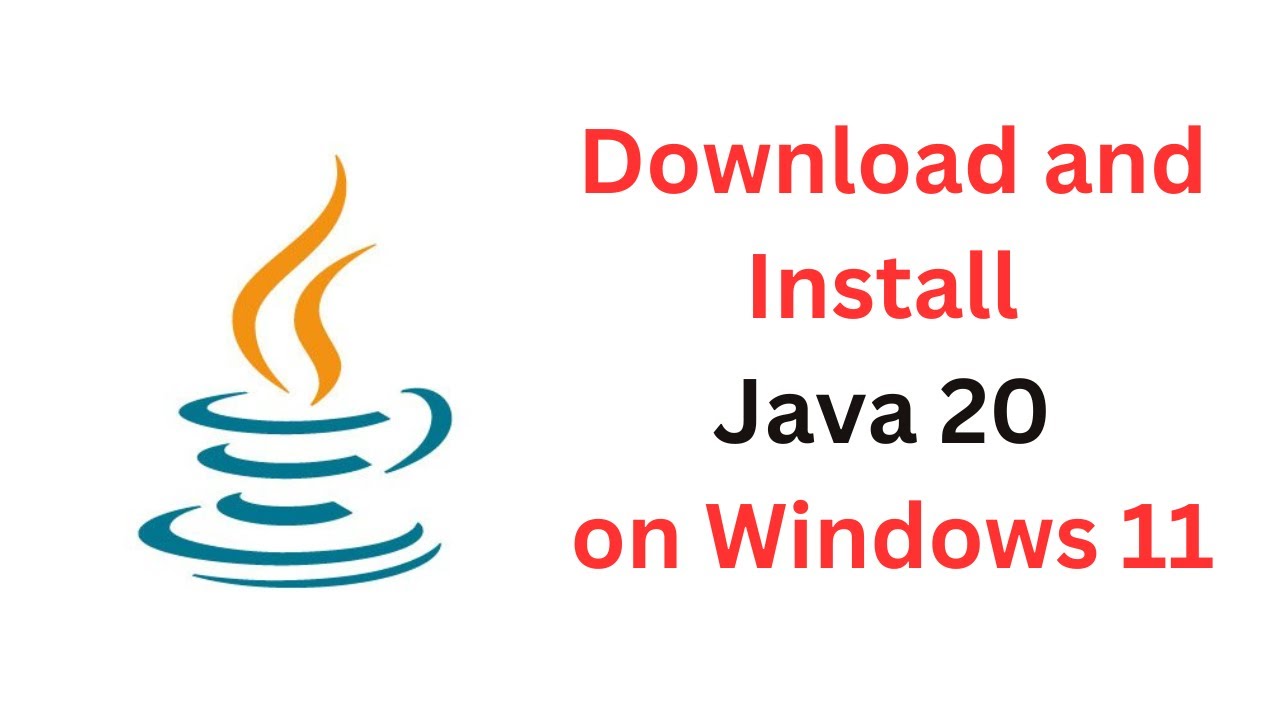
Here is a detailed explanation of how to download and install Java:
Why Do I Need Java?
Before we dive into the downloading process, let's understand why you might need Java in the first place. Java is a programming language that allows developers to create applications that can run on any device that has a JVM (Java Virtual Machine) installed. This means that Java programs can run on Windows, macOS, Linux, and even mobile devices! Without Java, many popular websites, apps, and games wouldn't be able to function properly.
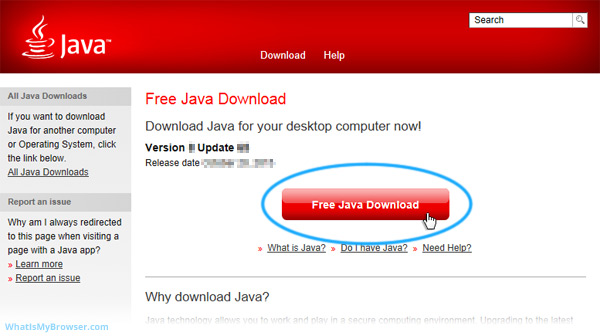
How to Download Java:
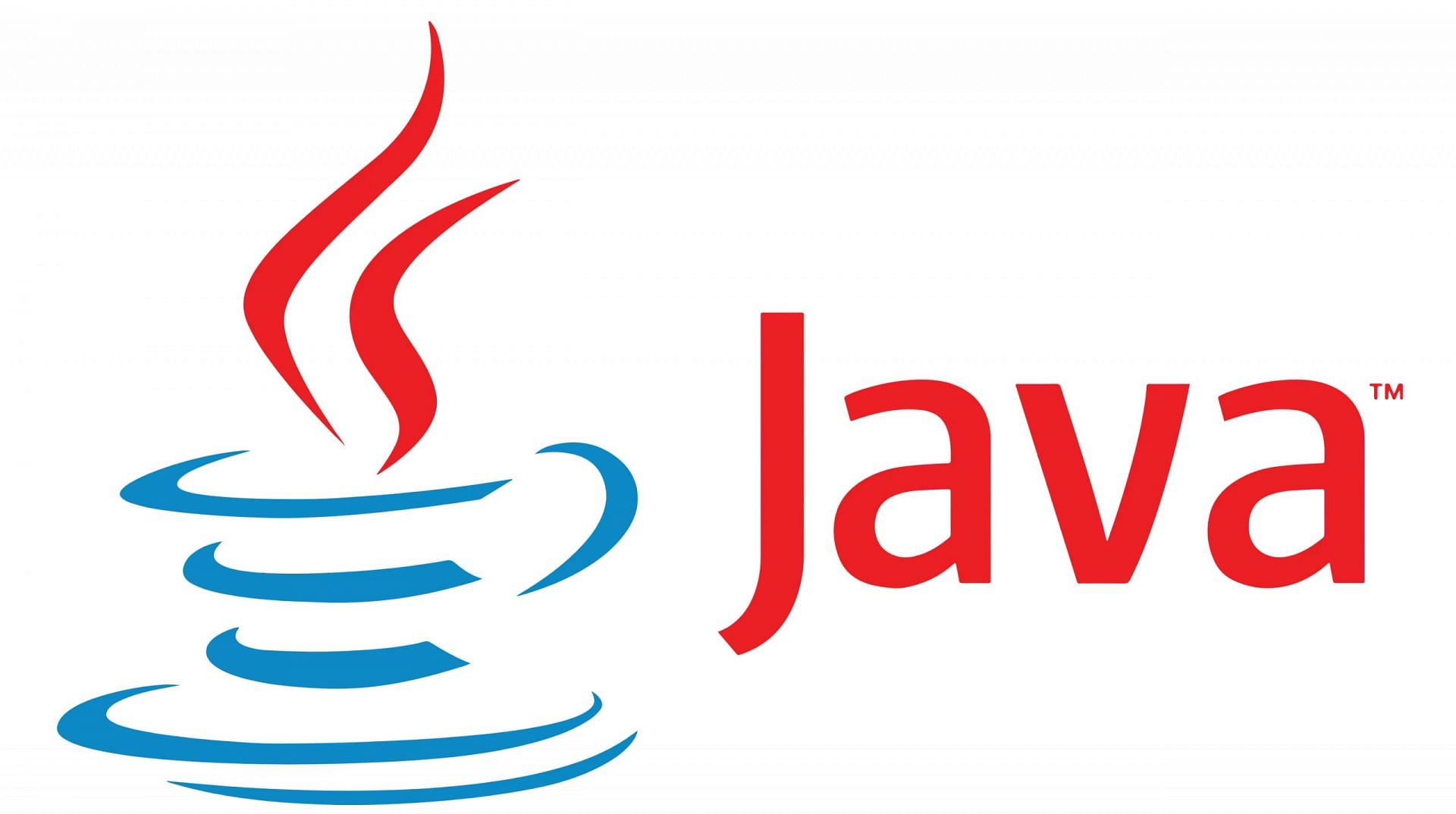
Now that we've established why you need Java, let's get started with the download process!
Visit the Official Oracle Website: Go to the official Oracle website at www.oracle.com and navigate to the "Java" section. Select Your Operating System: Click on the link for your operating system (Windows, macOS, or Linux) to start the download process. Choose the Right Version: You'll be presented with a few different versions of Java to choose from. Make sure you select the correct version that matches your system's architecture (32-bit or 64-bit). Start the Download: Click on the "Download" button to begin the download process. The file size will depend on the version and operating system you selected, but it should be relatively small (around 20-50MB). Wait for the Download to Complete: Depending on your internet connection speed, this step might take a few minutes.Installing Java:
Once the download is complete, it's time to install Java!
Run the Installer: Find the downloaded file in your "Downloads" folder (or wherever you saved it) and run the installer by double-clicking it. Follow the Installation Instructions: Follow the prompts from the installation wizard to install Java. You might be asked to agree to a license agreement, select an installation location, and choose whether to install the JDK (Java Development Kit) or just the JRE (Java Runtime Environment). Wait for the Installation to Complete: Just like with the download, this step should take only a few minutes.Verify Your Java Installation:
To make sure Java is installed correctly, you can follow these steps:
Open a Command Prompt or Terminal: Open a command prompt (on Windows) or terminal window (on macOS or Linux). Typejava -version and Press Enter: This will display the version of Java that's been installed on your system.
That's it! You've successfully downloaded and installed Java. If you encounter any issues during the process, feel free to ask for help.
